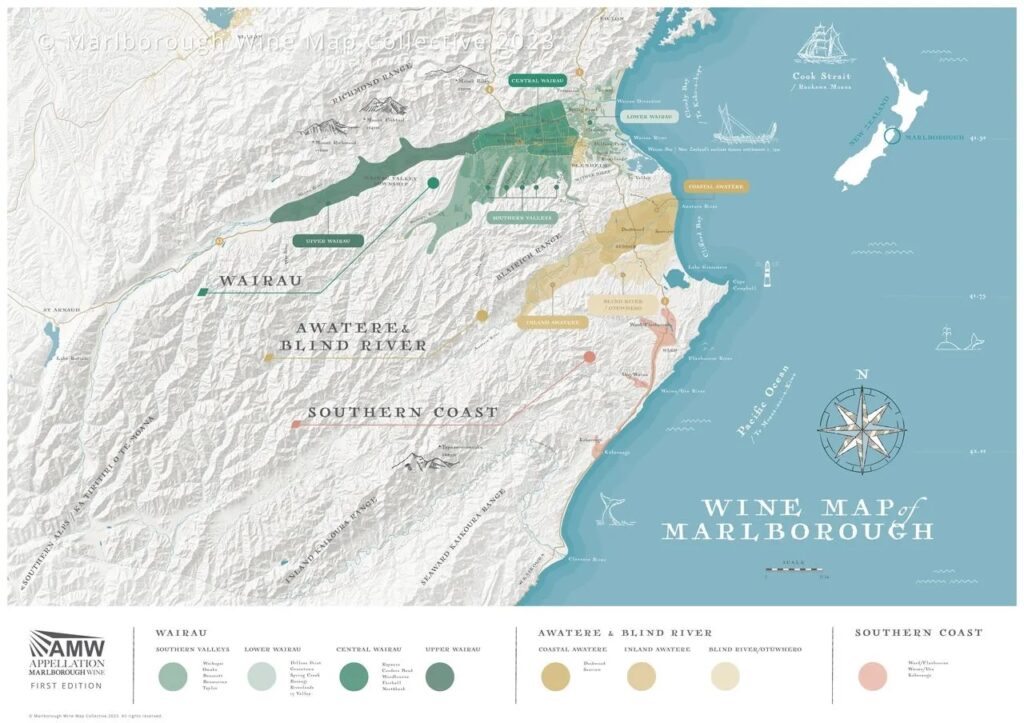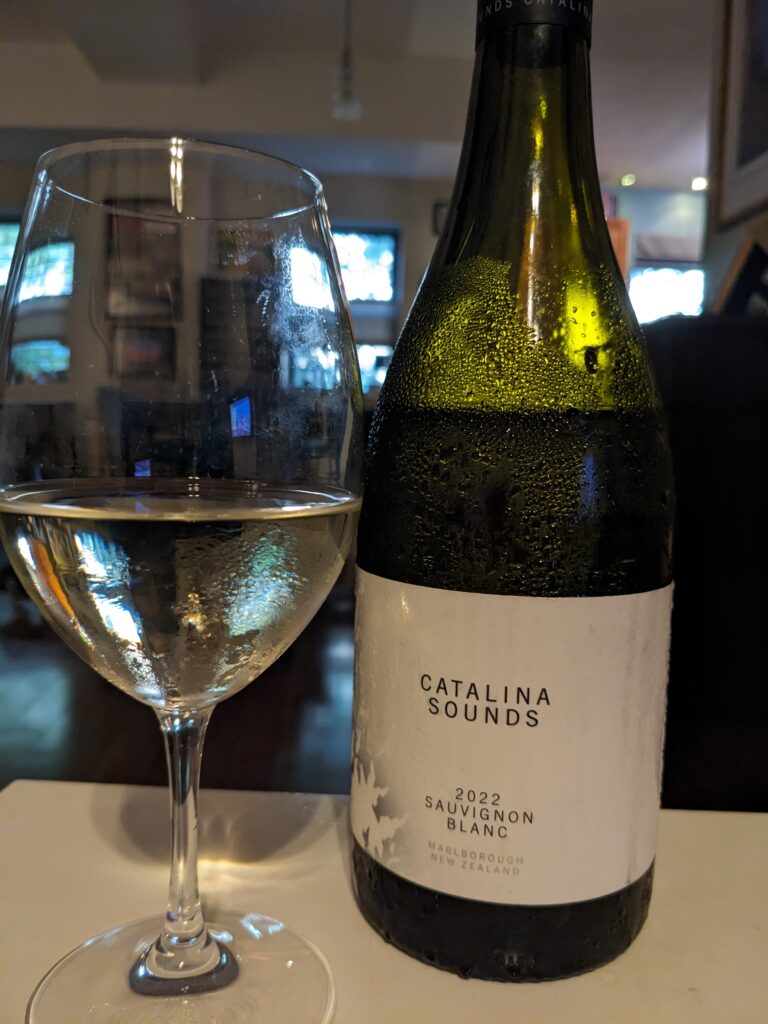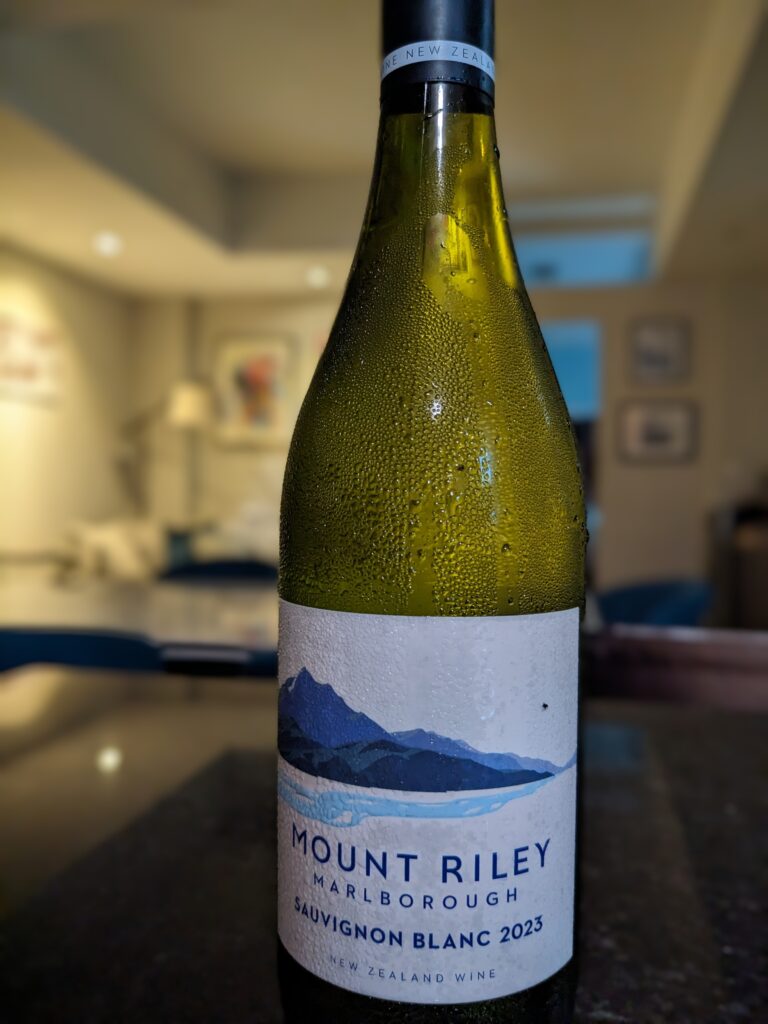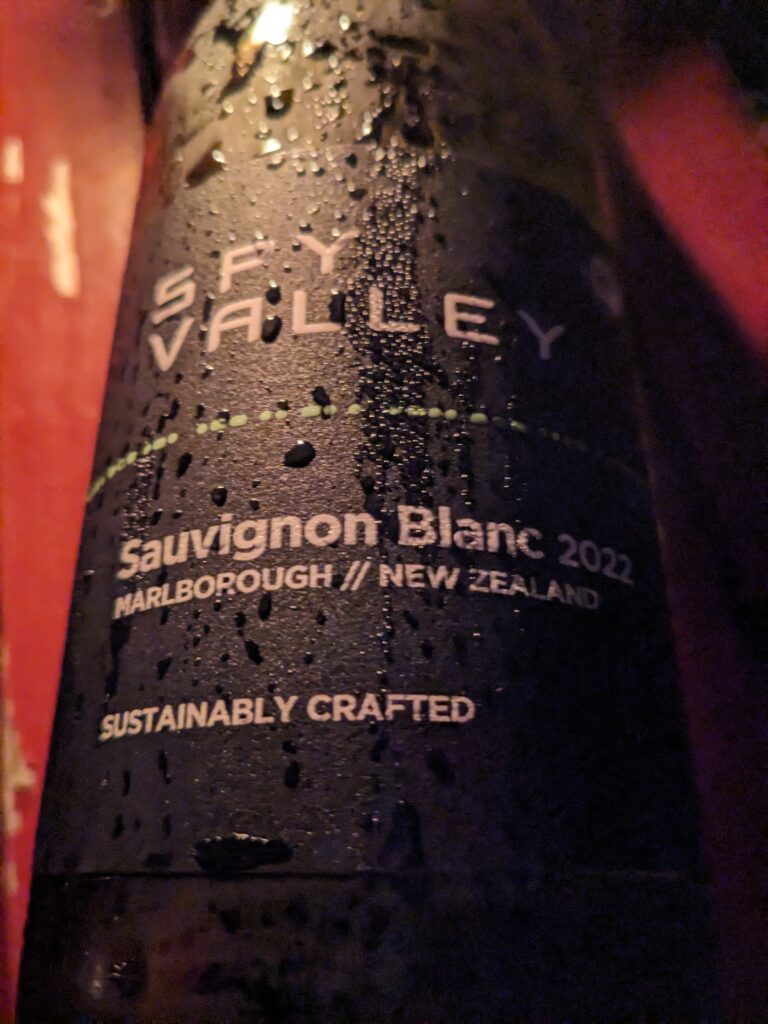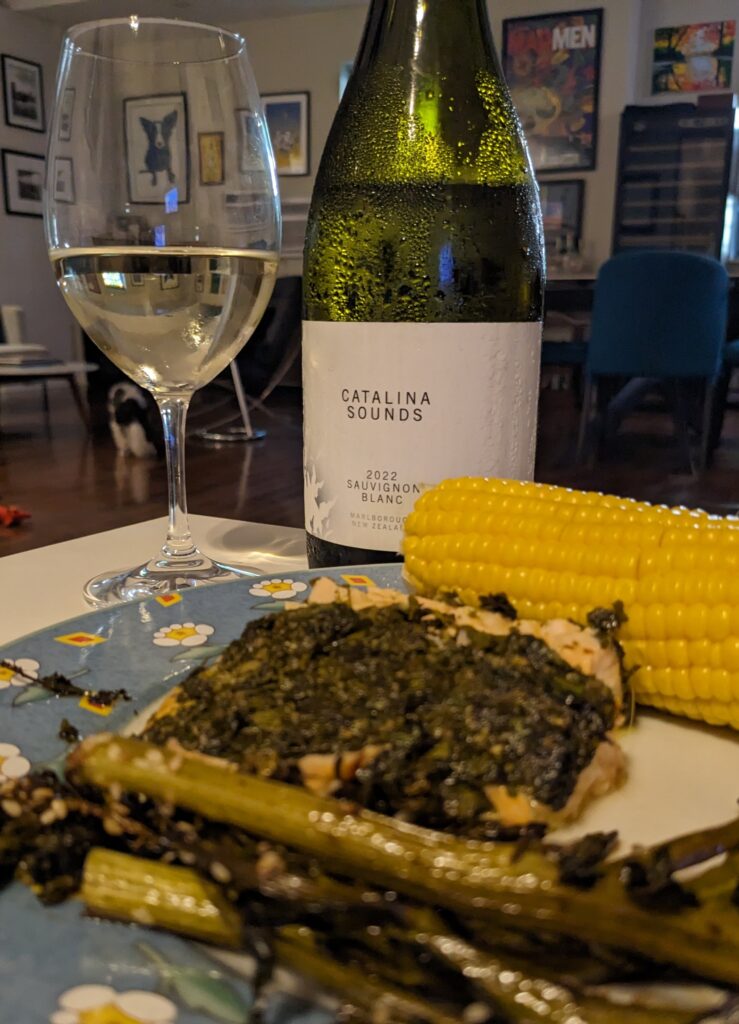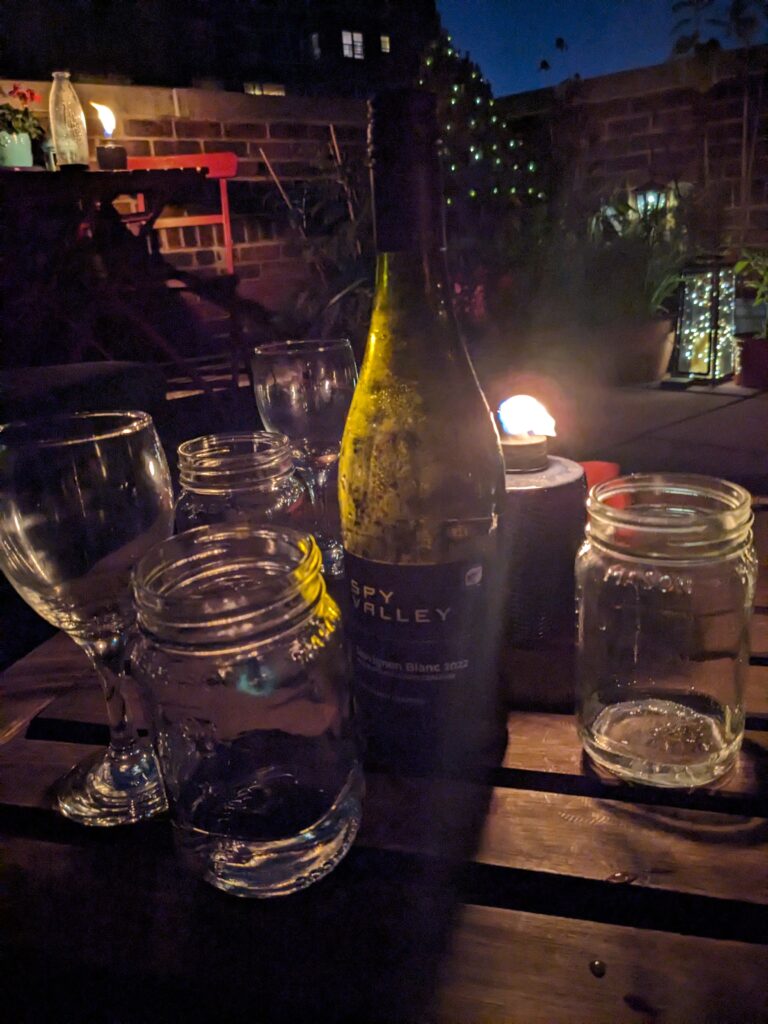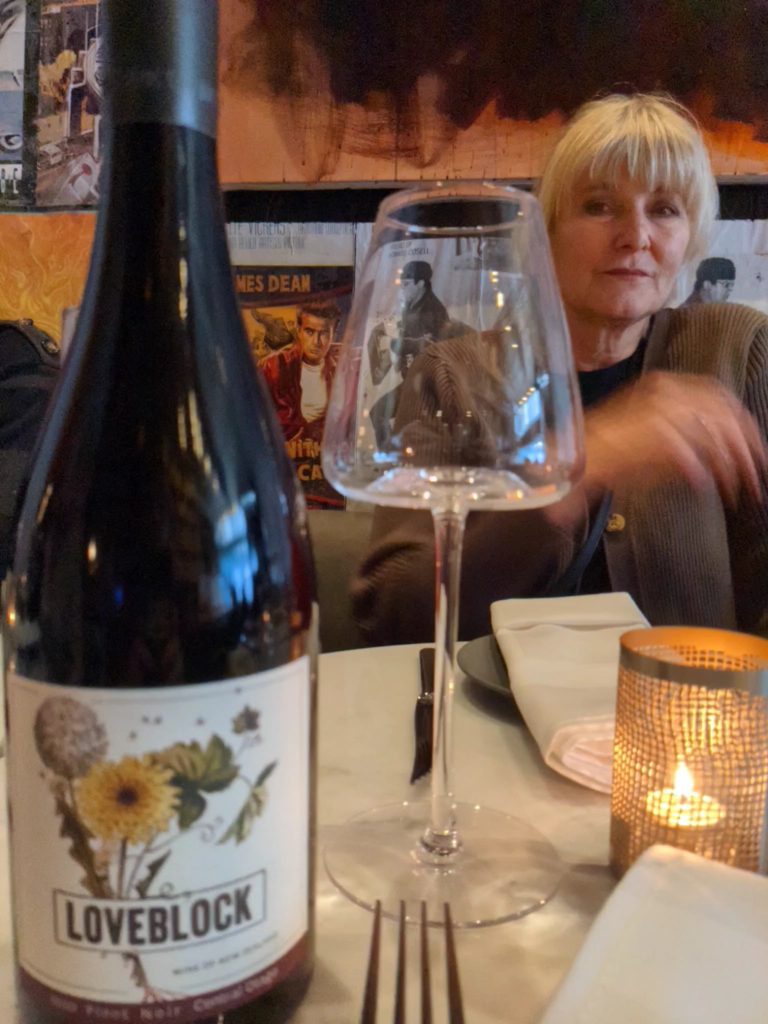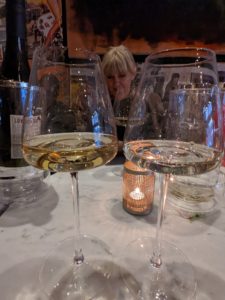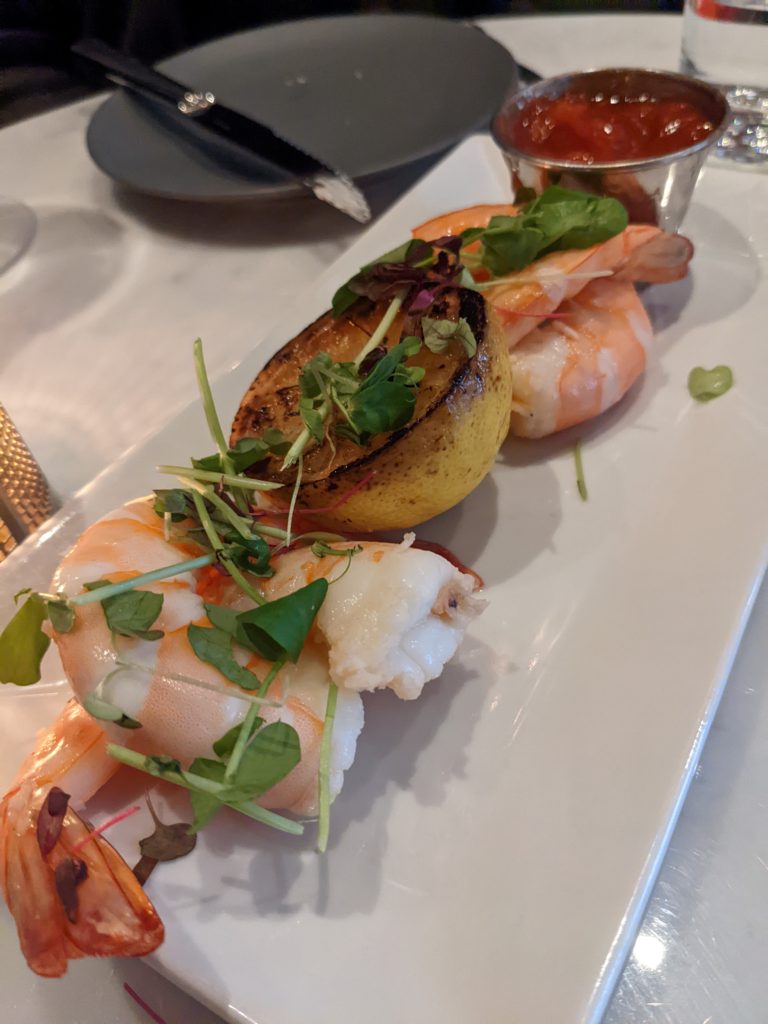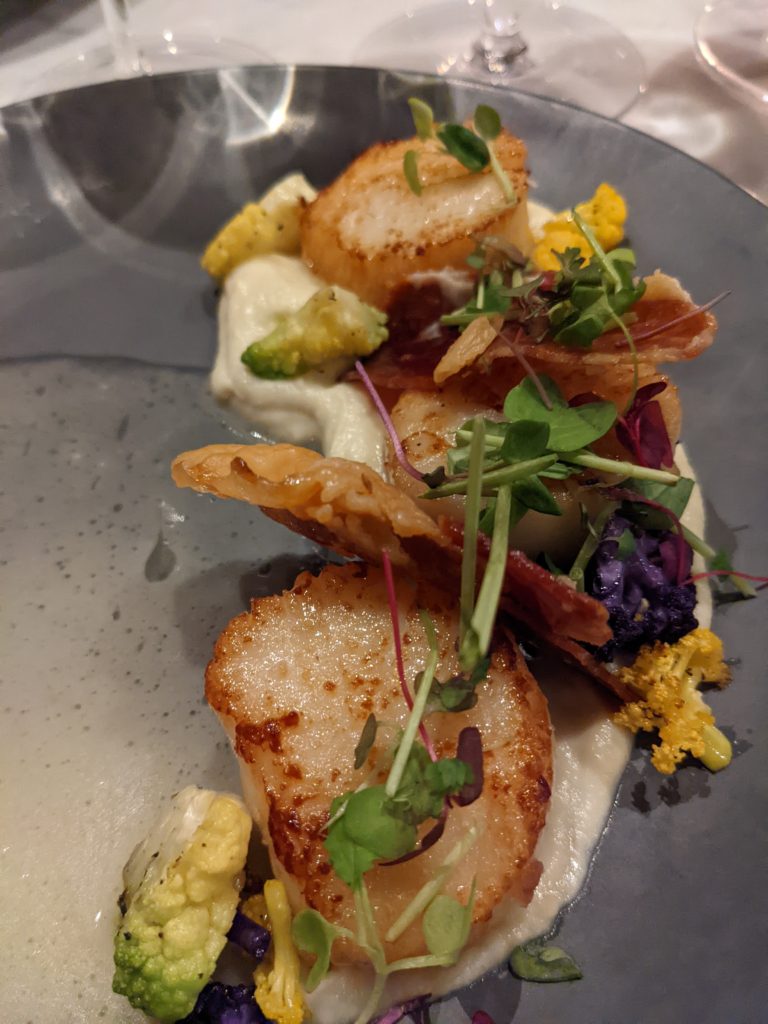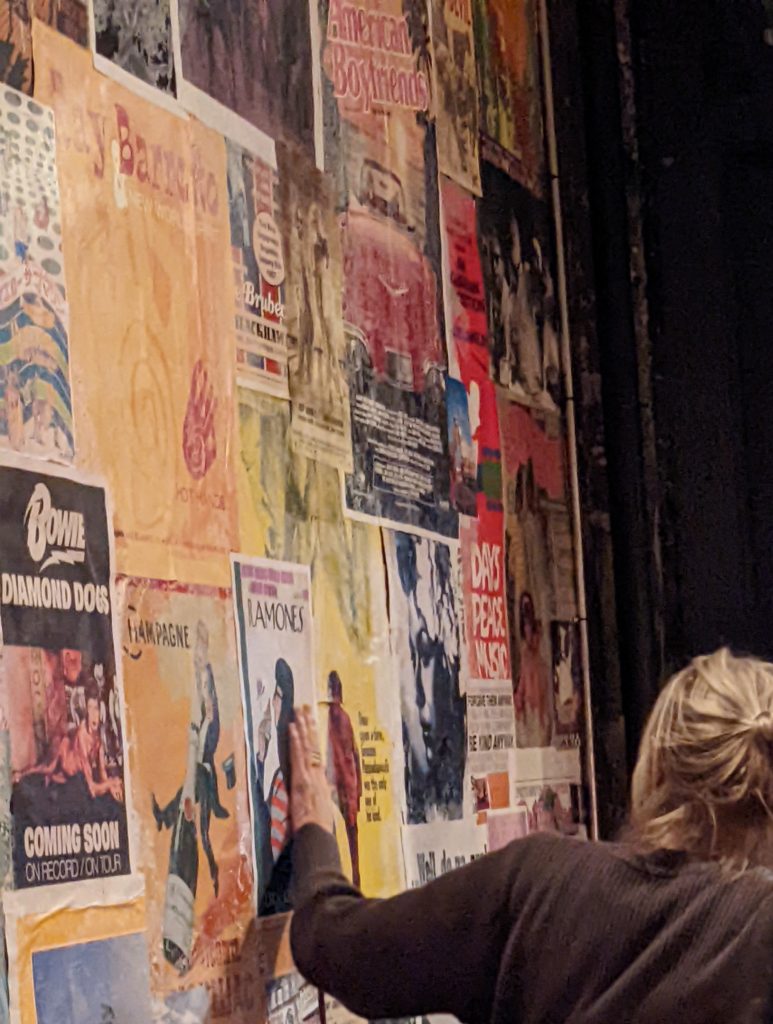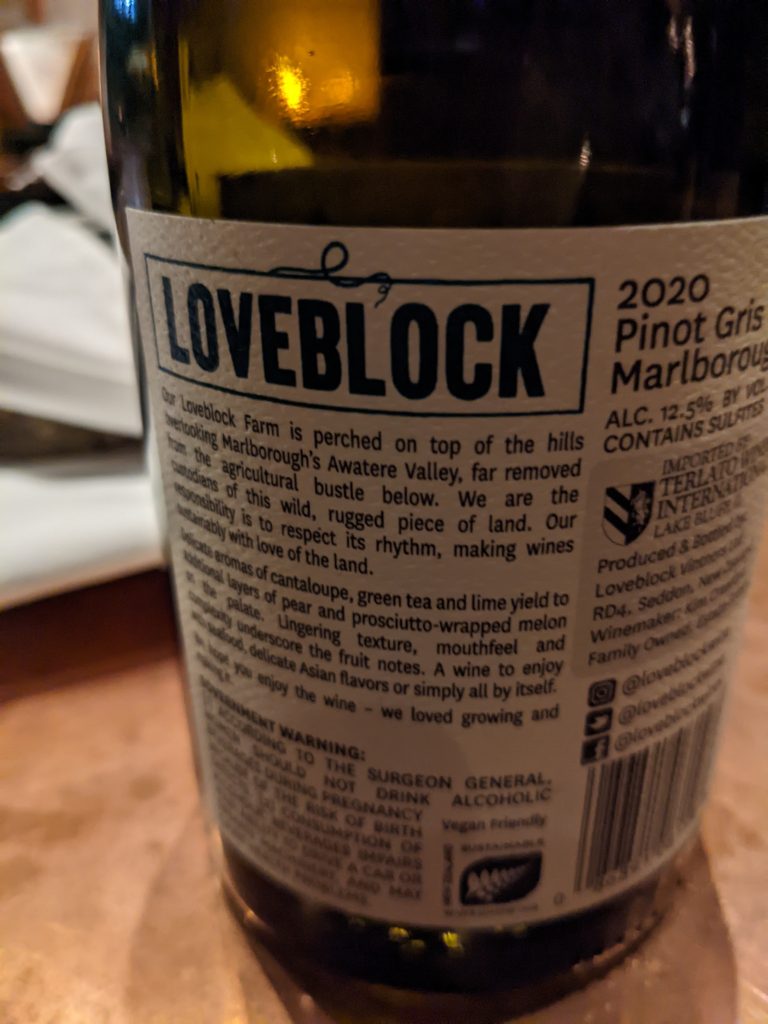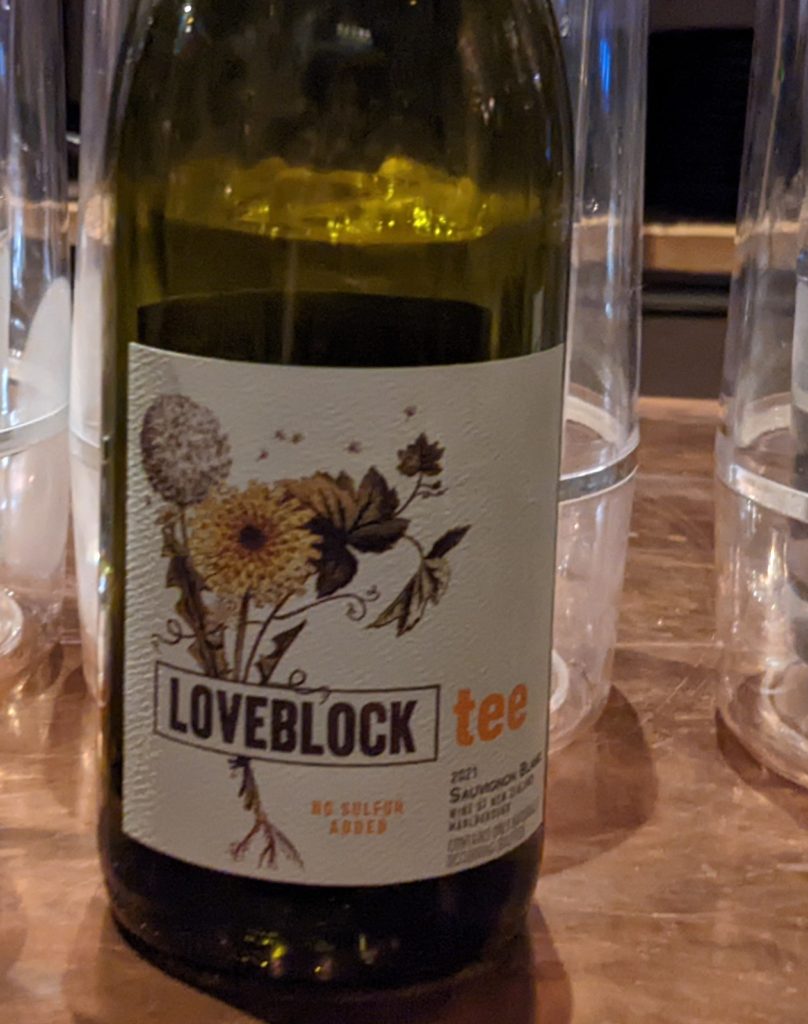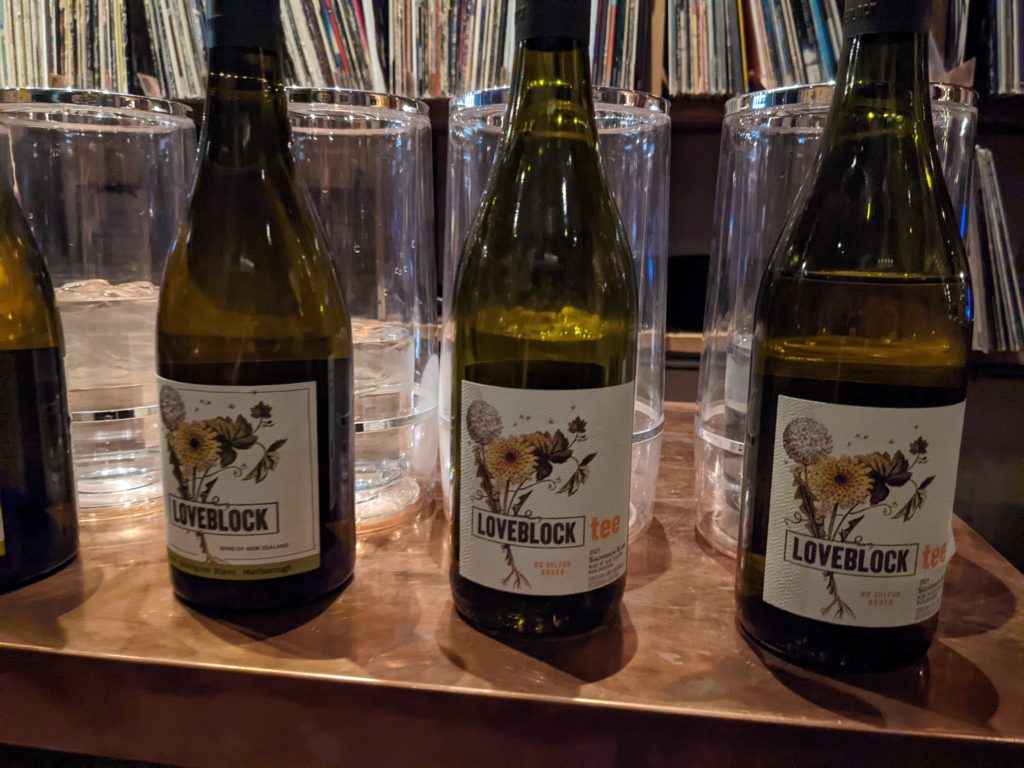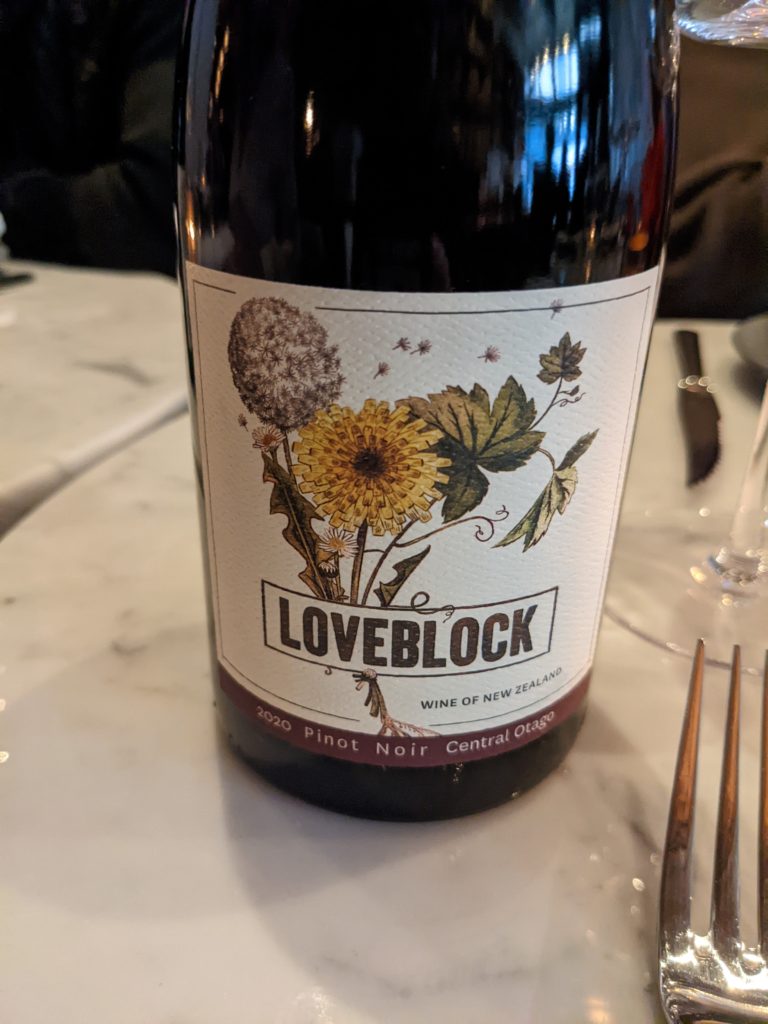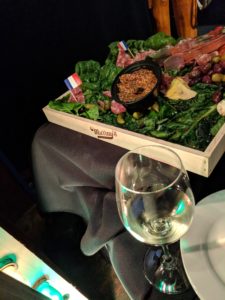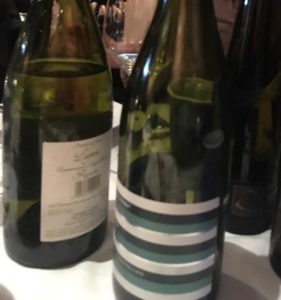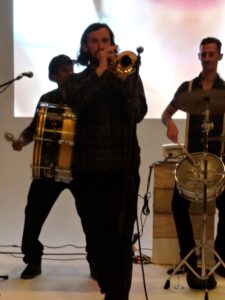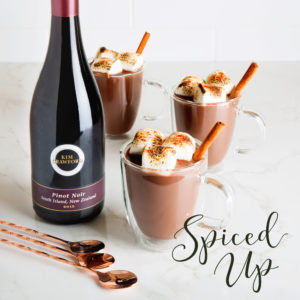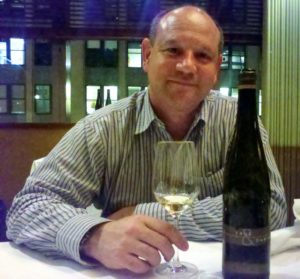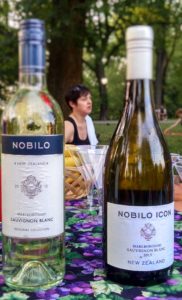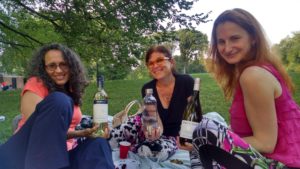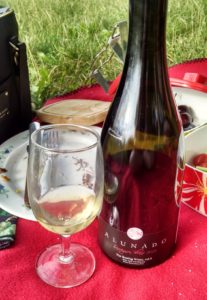Two weeks ago, we were tasting wine at the Pegasus Bay Winery in Waipara on New Zealand’s South Island. Thirty miles away, a major earthquake hit the city of Christchurch, with a magnitude of 6.3. We felt the earth’s violence and soon learned of the devastating destruction and death left in wake of the quake. Although we were literally and figuratively shaken, we were, thankfully, unharmed. Our thoughts go out to the citizens of Christchurch as they struggle to rebuild their city and their lives.
Now, safely back at home, we are beginning to focus on the upcoming season and plan to post the 2011 Summer/Fall class schedule to the website by mid-April. In the meantime, Tracy is teaching at NYU and judging at the Finger Lakes International Wine Competition this month. Additionally, she is now a contributing writer for Wine Portfolio. Her article on Bordeaux’s new generation
appeared on the site in early February.
Drink wisely and well,
Tracy Ellen Kamens, Ed.D., DWS, CWE
CEO: Chief Education Officer
and
Jared Michael Skolnick
COO: Cork Opening Officer
There’s More to NZ than SB: The Diversity of New Zealand Wines
Cloudy Bay was the Sauvignon Blanc (or as the New Zealanders call it, Savvy) shot heard round the world when it hit the ground running in 1986. In fact, the company is celebrating its 25th birthday this year. With pungent tropical fruit and overt herbaceous character, this wine from Marlborough, New Zealand put this grape on the world wine map in a way that Bordeaux Blanc (white) and Sancerre (both of which are also produced with Sauvignon Blanc) never had. And, it was deserved praise.
But, if all you know about New Zealand is Marlborough Sauvignon Blanc, think again. Hailing from areas such as Hawkes Bay, Martinborough and Central Otago, Pinot Gris, Riesling, Gewurztraminer, Syrah and Pinot Noir are all thriving. And, with wines worthy of Alsace, Burgundy and the Rhone Valley, New Zealand is quickly earning a reputation as the France of the New World. Today, the wines of New Zealand are much more varied than a single wine region or a single grape variety. Rather, New Zealand’s winemakers are crafting world-class wines from a whole host of grapes and in a wide range of climates from the top of the North Island to the bottom of the South Island and many places in between.
While grapes arrived in New Zealand in the mid-1800s, brought by the missionaries who came to settle the English territory, winemaking didn’t become a major focus for New Zealanders until the latter part of the 20th century. With a solid understanding of stainless steel tanks and refrigeration/temperature control, thanks to the country’s booming dairy business, New Zealand was able to create clean, well-made wines that were fresh and fruity. And, with its primarily maritime climate, the grapes achieve full ripeness, but remain balanced, with lively acidity.
Just off the coast of the city of Auckland, Waiheke Island is home to a small, but well-respected, wine region. Here, full-bodied reds such as Syrah and Bordeaux-style blends can do well alongside the usual suspects of Chardonnay and Sauvignon Blanc. Also sufficiently warm, the Hawkes Bay region, on the North Island’s East Coast, finds many of its winemakers focused on Syrah, Viognier, Cabernet Sauvignon and Merlot, among others. South of Hawkes Bay, which in the Southern Hemisphere means a cooler climate, we find Wairarapa Valley/Martinborough. Known for its Pinots – both Noir and Gris – the region also excels in Riesling.
On the northeastern tip of the South Island is the region of Marlborough, Cloudy Bay’s birthplace and which is responsible for nearly 60% of all New Zealand wine production, much of which is devoted to Sauvignon Blanc (if it ain’t broke…). Yet, these producers also show great aplomb with Pinot Noir, Chardonnay and Pinot Gris. Still further south, Central Otago is home to the southernmost vineyards in the world and a diverse set of microclimates in this much cooler climate. Here, in places like Bannockburn’s desert, the miners left their mark as they sluiced the landscape in search of gold and other minerals, resulting in a scene that seems more Bryce Canyon, Utah than New Zealand.
And, of course, there are the occasional oddities from producers thinking outside the box. Along our travels, we also tasted Chenin Blanc, Sauvignon Gris, Pinot Blanc, Semillon, Gamay, Montepulciano, Tempanillo and even a Pinotage blend, called Robert the Bruce. From sparkling Pinot Gris to late harvest Sauvignon Blanc and everything in between, the wines from New Zealand are truly diverse.
TASTING NOTES
Wines are listed by region, from North to South, instead of the usual alphabetical listing.
Man O War, Syrah 2008, Waiheke Island, New Zealand, $22.00
The largest producer on the island, Man O War is among the only Waiheke producers exported to the U.S. While we didn’t have a chance to visit the winery while we were in town, Tracy did have the opportunity to taste this wine blind against a wine from the Northern Rhône Valley (Nicholas-Perrin 2007, St. Joseph, France) and it held its own. The wine shows notes of meat, spice and red fruits, with full body, lively acidity and firm tannins.
Te Mata, Cabernet Merlot 2008, Hawkes Bay, New Zealand, $18.00
Te Mata maintains a self-catering cottage (1892 Vineyard House) just down the road from its winery with breathtaking vineyards views one can see from bed. This Bordeaux-style blend has a small amount of Petit Verdot also included. Showing black currant, vanilla and oak on the nose, the wine was dry with medium tannins and flavors of coffee, oak, black cherry and black currant.
Ata Rangi, Pinot Noir 2009, Martinborough, New Zealand, $40.00
Helen Masters is winemaker for this pioneer producer and has been with Ata Rangi for 9 years. We absolutely adored her Pinot Gris (and her dog, see photo), but they don’t export that wine. Fortunately, her Pinot Noir is equally amazing with aromas of raspberry and dried herbs on the nose. The palate presents with high acidity, fine-grained, medium tannins and notes of raspberry, dried herbs, savory and a slight undercurrent of earth, culminating in long length.
Villa Maria, Clifford Bay Sauvignon Blanc 2009, Marlborough, New Zealand, $18.00
OK, we’ve just finished telling you to expand your horizons beyond Marlborough Sauvignon Blanc, but this single-vineyard wine is worth the rut. The namesake bay sits just south of the famous cloudy one, on the eastern side of the region known as the Awatere Valley. A typical nose of gooseberry and herbs gives way to a more restrained and elegant palate of tropical fruit, nettles, tomato leaf and slight salinity, all of which persist throughout the extremely long length.
Pegasus Bay, Riesling 2008, Waipara, New Zealand, $26.00
As noted above, we were at this winery during the earthquake – an occupational hazard of stopping for wine tastings may have spared us harm. Thankfully, the winery building was built to withstand the shocks and other than a swinging chandelier, there was no evidence of the disaster when we left. Their Riesling has won many awards and it was easy to see why with its floral and honeyed nose. On the palate, the wine is off-dry with high acidity to balance the slight sweetness and flavors of honey, pineapple, lime zest and a trace of minerality in the finish.
Amisfield, Rocky Knoll Pinot Noir 2006, Central Otago, New Zealand, $85.00
This wine is only produced in outstanding vintages, which currently include 2003 and 2006. Compared to Amisfield’s other Pinot Noir offering, this wine spends a longer period of time aging in oak (15 months). Showing some development on the nose, with dark red fruit, herbal and earth aromas, these are joined by cherries, plums and wet leaves with beautiful balance, complexity and concentration, along with a hint of minerality in the long finish.
